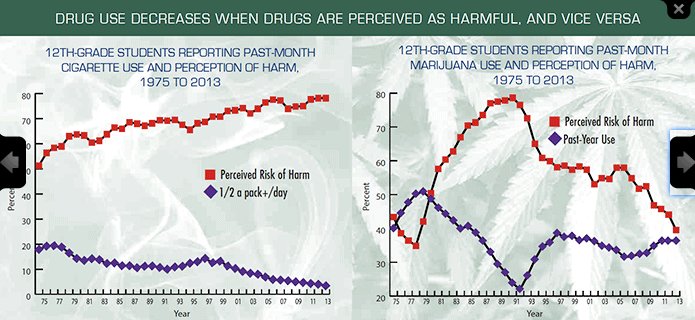Hoban Law Group Files Ninth Circuit Petition to Challenge Recent DEA Classification of “Marihuana Extracts”
http://finance.yahoo.com/news/hoban-law-group-files-ninth-130000904.html
DENVER, CO–(Marketwired – January 14, 2017) – In an overreach of authority and without consulting Congress, the Drug Enforcement Administration (DEA) issued its Final Rule, the “Establishment of New Drug Code for Marihuana Extract,” on Dec 14, 2016. In response to the change, which serves to potentially devastate developing businesses and consumer, textile and manufacturing industries related to industrial hemp and other lawfully derived cannabinoids, Hoban Law Group has filed a petition in San Francisco’s United States Court of Appeals for the Ninth Circuit to challenge what appears to be the DEA’s attempt to control an otherwise lawful substance.
The petition, filed on January 13, 2017 in California’s United States Court of Appeals for the Ninth Circuit, is on behalf of three Petitioners: the Hemp Industries Association (an industrial hemp trade organization representing an array of industrial hemp industry actors); RMH Holdings, LLC (which sources its products from industrial hemp lawfully cultivated pursuant to the Agricultural Act of 2014 (also known as the Farm Bill)); and, Centuria Natural Foods, Inc. (which lawfully imports certain exempted parts of the Cannabis plant, and oils and derivatives there from, such as stalks and fibers). The recent Final Rule substantially impacts businesses long operating in compliance with existing laws that now could be facing significant change in existing policy. These adverse impacts are caused by the Final Rule’s attempt to create a drug code encompassing all cannabinoids as Schedule 1 substances without reflecting the parts of the Cannabis plant which are Congressionally exempted from the definition of “marihuana” under the Controlled Substances Act and/or are exempted from treatment as a controlled substance.
Unfortunately, the DEA’s Final Rule exceeds the authority granted it by Congress and is inconsistent with the language of the Controlled Substance Act and other laws applying to industrial hemp. The genus Cannabis sativa L. contains over 80 cannabinoids, such as those commonly known as tetrahydrocannabinol (THC) and cannabidiol (CBD). The DEA’s Final Rule takes the position that the mere presence of any cannabinoid extracted from the Cannabis plant automatically renders that substance a “marihuana extract,” despite no cannabinoid except for (synthetic) THC being expressly scheduled under the Controlled Substances Act. This reclassification contradicts the DEA’s acknowledgement in the past that certain cannabinoids exhibit different effects: THC is known for psychoactive properties, whereas CBD, CBG and other cannabinoids are not commonly associated with psychoactive properties. In addition, the DEA’s Final Rule fails to recognize that cannabinoids can be derived from sources other than the Cannabis plant, such as a certain South African daisy, some chocolates, human breast milk and black pepper, highlighting the point that where or from what plant the cannabinoids originated is very difficult to prove.
Though the DEA has referred to their recent Final Rule as a “mere recordkeeping measure,” Hoban Law Group is acting swiftly on behalf of the Petitioners to ensure that continued lawful pathways remain available for industrial hemp companies seeking to remain compliant with federal law. The Final Rule raises concern that this type of overreach could become more commonplace, continuing to widely affect many industrial hemp companies and a wide variety of products currently marketed for sale. Whether the DEA’s motives are negligent or intentional, a primary concern is that this “mere recordkeeping” is a misuse of the drug code that could lead to abuse and misunderstanding of the law by other local, state and federal agencies and an unwarranted chilling effect upon the industrial hemp industry.
Notably, the DEA has sought to unilaterally reclassify cannabinoids before, and lost. See Hemp Indus. Ass’n. v. DEA, 357 F.3d 1012, 1014 (9th Cir. 2004); Hemp Indus. Ass’n v. DEA, 333 F.3d 1082, 1089 (9th Cir. 2003).
“This is an action beyond the DEA’s authority. This Final Rule serves to threaten hundreds, if not thousands, of growing businesses, with massive economic and industry expansion opportunities, all of which conduct lawful business compliant with existing policy as it is understood and in reliance upon the Federal Government.” -Hoban Law Group Managing Partner Bob Hoban.
About Hoban Law Group: Founded in 2008, Hoban Law Group is the leading international law firm specializing in cannabis law and policy. Headquartered in Denver, the firm offers expert legal and business law counsel across the United States and in Puerto Rico, Central and South America.
Filed under: General Problems | 1 Comment »





























